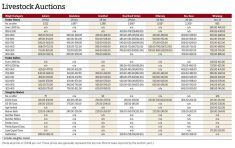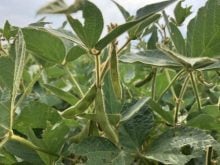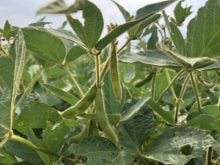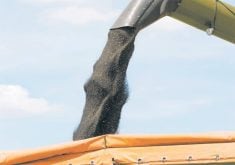Brazilian soybean planting reached 87 per cent of the estimated area in the 2022-23 cycle on Nov. 28 amid dryness in some centre-western farms that has growers concerned, according to agribusiness consultancy AgRural.
Although sowing is slightly behind last season’s pace, Brazil is poised to harvest a bumper crop based on historical yield trends and the estimated size of the planted area, AgRural said.
The data shows Brazil, the world’s biggest soybean supplier, will likely remain a competitive exporter.
Read Also

Manitoba farmers offered crop insurance carrot on marginal acres
Farmers planting poor field acres to perennial forage can get a break on forage crop insurance programs under new Forage Advantage pilot program.
In only four states – Santa Catarina, Rio Grande do Sul, Piaui and Para – soy planting remains below 70 per cent of the area. But this owes more to differences in those region’s sowing calendars than delays in the work, according to AgRural.
“In the Center West, where planting is virtually complete, last week’s rains were still erratic,” AgRural said. “This is raising concern in areas that have been dry for longer, especially as temperatures are on the rise.”
In the south, growers are also hoping rainfall will improve. Based on historical yield trends and a four per cent expansion of the planted area – to more than 43 million hectares (106.2 million acres) – AgRural projects Brazilian soy output at 150.5 million tonnes in 2022-23.
[RELATED] U.S. grains: Soybeans futures rise
Throughout December, AgRural plans to visit farms countrywide to better examine crop conditions and update projections.
Summer corn is 88 per cent sown in the centre-south states of Brazil, AgRural said, referring to the country’s first corn that represents about 25 per cent of production in a given year.
In general, Brazil’s first corn planting occurred without major issues, but low rainfall in certain areas has some farmers “on alert,” AgRural noted.















